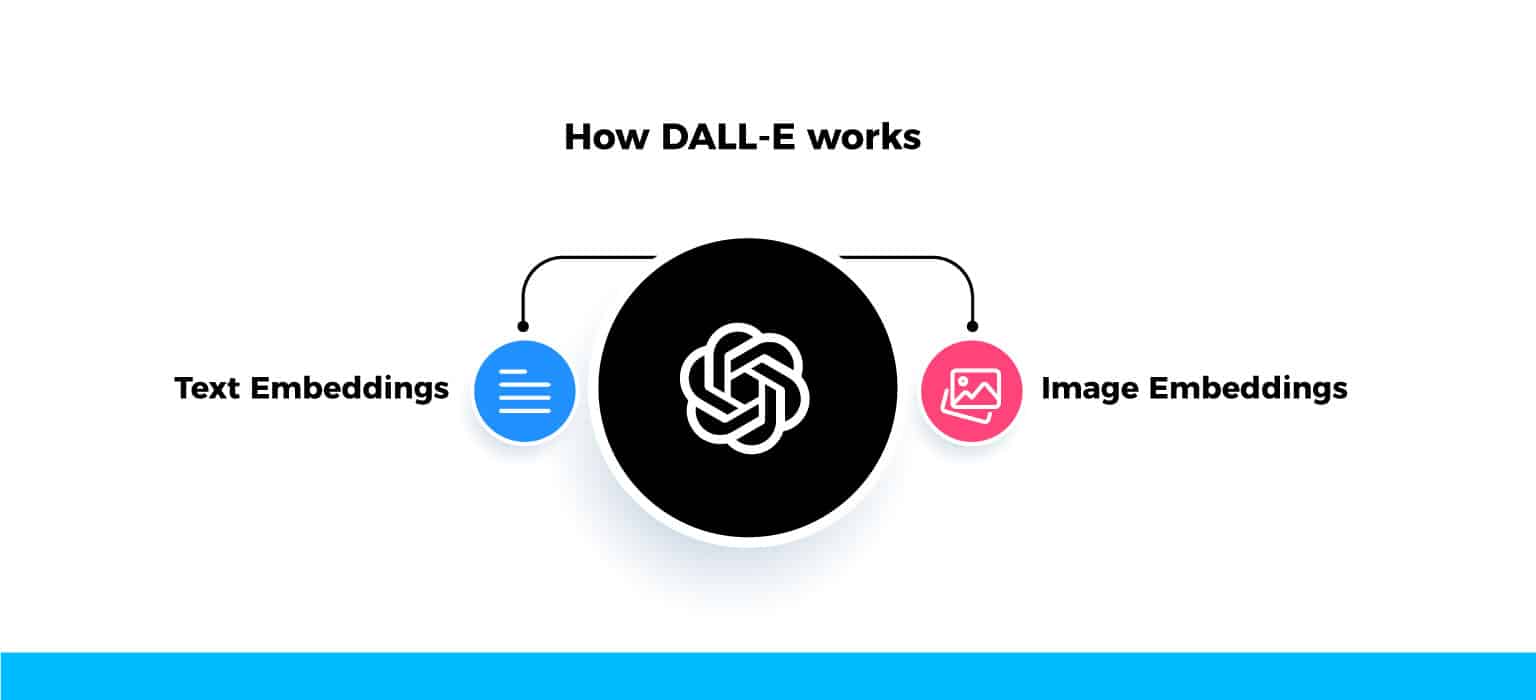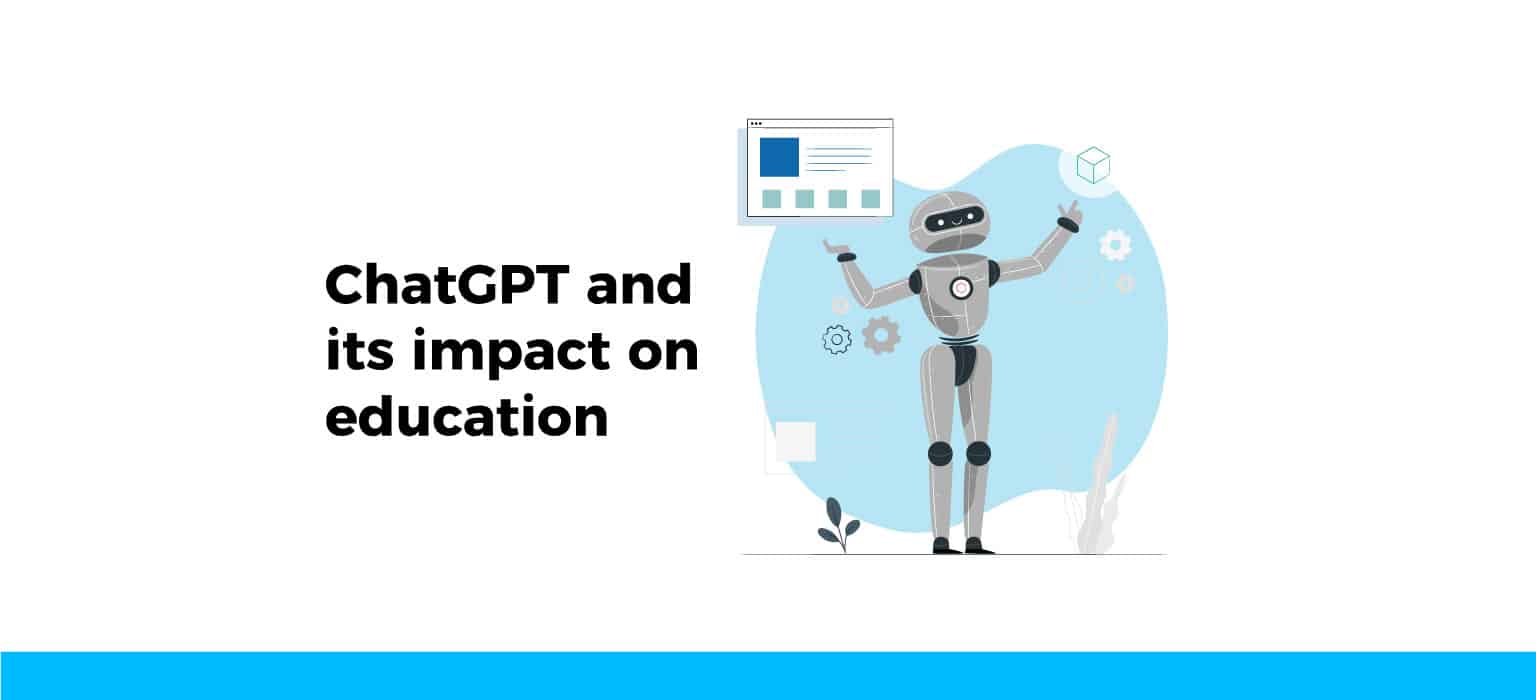Every day we see changes in the way that technology influences us, especially in the field of education. One of them in particular is Artificial Intelligence(AI), which has been one of the biggest upgrades to technological developments.
Especially at the present time, the rise of AI chatbots and virtual assistants has been seen to increase the awareness of how AI can be used in many aspects.
Today, we will discuss and comment on the most recent and freshest topic – ChatGPT, and its impact on education.
What is ChatGPT?
ChatGPT is an AI (Artificial Intelligence) chatbot, developed by OpenAI and launched in November 2022. ChatGPT is made by a large family of language models and has the ability to create and hold conversations on different varieties of topics, help with coding, and other necessities in different areas.
ChatGPT’s launch meant setting a new mark for chatbots that involve human-like responses to questions that they’re set to answer by users.
Obviously, the popular ChatGPT has undoubtedly had its impact on education and has transparently taken a toll on the ways we are inclined to do assignments and most of our jobs, hence making a change to tech industries and creating a path for future chatbots.
Therefore creating a blog or an article that catches the eye of a web user is made easier. Offering such a service gives a certain affinity to the user, on the other hand, it also helps a website gain more visits and widens the audience approach.
The writing or content creation becomes slightly easier, that be of course due to its ability to write and create content ideas in a matter of seconds with useful language input.
However, the chatbot is still able to recognize and visualize patterns of answers to create simple and easy-to-understand responses.
The company has disclaimed that the chatbot is still in the research phase, therefore it is prone to having incorrect and not-so-accurate results. However, it does show potential signs of improvement.

The positive impact of ChatGPT on education
ChatGPT is a suitable option for creating content, mainly because of its ability to write emails, stories, summaries, reviews, essays, and blogs. ChatGPT’s ability to process information in a short period of time and definitely the easy access to its users helped it gain popularity – now among students too.
Some examples of why ChatGPT has a key role in the future of education are because it offers services like learning languages, coding, writing, brainstorming, and other useful materials.
One of the reasons why ChatGPT is becoming so popular is because of its ability to build texts in many different languages. ChatGPT has the ability to generate texts in around 95 spoken languages, which gives an advantage to students that have a goal of creating adequate content, by using AI as an assistive method for writing techniques.
Programming languages are also a part of the wide range of languages used by ChatGPT. Some of the programming languages used to code are Python, JavaScript, C#, C++, Swift, and others programming languages.
Another area where ChatGPT has helped a lot is brainstorming. Choosing a topic that you want to talk about with the chatbot, can help by creating a list with ideas regarding the topic you have chosen.
The negative impact of ChatGPT on education
Despite being helpful in the field of education to the students, it has raised questions and disturbance to teachers and academics.
Since it doesn’t require human interaction, it can lead to some misleading like plagiarism, cheating tricks, and such other ways that provoke students to use chatbots for their needs.
Which eventually leads to issues such as:
- Lack of creativity
- Inaccurate feedback
- Lack of Emotional Intelligence
One of the main negative impacts on education is the blocking of creativity, which results in a lack of self-involved ideas and the more frequent use of the services such as chatbots, which leads to a point where human creativity is not used as much.
Despite having quick feedback, most of the feedback is slightly flawed, it is understandable that there are some issues in this area, since it has yet to develop, but in general, most of the work is just summarized and not specified
Although it is highly efficient and known for its human-like behavior, it lacks empathy and human instincts making it sometimes lead to answers that are usually mechanical or machine-like.
Cheating using ChatGPT
Old methods like writing on the desk, hand, water bottle, whispering, and passing papers are gone. Apparently, there have been a series of cases where students got caught cheating by using ChatGPT as a source to generate scripts and other methods for their work.
One of the occurrences regarding a student getting caught cheating using AI, in this case, ChatGPT, is an event that happened in the State of North Carolina, USA.
In an interview with the New York Post, Hick Darren, a professor from the department of philosophy at Furman University, claimed that after assigning an analytical essay to his students on two topics related to a topic around an 18th-century philosopher, thereafter retrieving the essays and observing them, he discovered that some of the essays were made by using an AI.
He stated that the reason why it was obvious that the analysis was done by an AI, is because of the form it was written in, despite being a clear summary of what he requested. Following that, he decided to put in the same work that was handed by the student and it matched the way a computer program would write an essay if commanded to do so. The student admitted that he used ChatGPT to write the analytical essay.
This example is one of many that have happened since the development of the chatbot.
So, is there any way to stop this sort of phenomenon from happening? Maybe.
One of the ways to make sure the text is genuine is to run it through our AI Content Detector giving you instant and reliable results on whether a text is genuine or AI-generated.
Do ChatGPT prompts contain plagiarism?
As we know ChatGPT is bound to research from multiple sources, which leads to a few misconceptions.
One of the issues that ChatGPT faces is plagiarism.
This software, despite being as advanced as it is, is slightly in the work and up, because of its incompetence to plagiarism. Evidently, this happens due to parts of the feedback that can be words that were reused from other sites. Because it faces this type of situation, we need a solution for it.
It is important to note that it is not necessarily related to plagiarism, but otherwise, it can create results that might turn out as such.
Since Artificial Intelligence is developing we will see more of ChatGPT and its impact on the world of education and face changes in the future.
This is mostly due to the fact that academic writing has been facing challenges recently due to the development of Artificial Intelligence and its different forms that impact academic integrity and policies.
Artificial Intelligence and its impact on art
Undoubtedly, Artificial Intelligence has found its way into the subject of art too. One of the programs is DALL-E, an AI program created to generate images – in this case, “Art”- by using a deep-learning model. The program is used to generate images from text input and can create art by mixing and matching different images from the web.
Apart from that, Artificial Intelligence is viewed as a boost for creativity in art. That said, there are some types of art that a human isn’t able to create. This is an advantage to AIs since they are able to create new ideas and many different templates that can be used as a form of inspiration for specific or general projects.
Of course, it is important to note that this is possible as long as a human gives certain commands and added data for the AI so that the AI can come up with new ideas. If not done so, the art might be repeated, therefore making it less interesting.

Lacks emotions from DALL-E
Another concern might be that it certainly lacks emotions, despite making a work of art, the program itself cannot comprehend what is the reasoning or the narrative behind it.
This work however is something that can be viewed from different perspectives, some of them might be that the way we define art has a lot of weight on how we perceive a form of art that is created by an AI. However, this shouldn’t be a barrier for us to evaluate a work of art that is made by a machine.
The whole concept of art made by a machine or software was known as Digital Art. The first form of art created by a machine was the showcase of a paint program that was made in the early ‘80s by a digital artist creator Harold Cohen, by persuading the program to illustrate drawing on a piece of paper. The program was officially named AARON.
Later on, around the early 90s, with the introduction of software programs such as Adobe Illustrator and Adobe Photoshop, the creation of digital art took on a new scale. These programs are segments of the language used to program, which is made by Machine Learning and Artificial Intelligence that is known as Adobe Sensei.
The listing of these software programs was used as an example of when and how Artificial Intelligence has contributed and cooperated in art since it was founded and during its development through the years.
Overview
To sum everything up, the impact that ChatGPT has on education has been undoubtedly hard to ignore, as it’s moved the foundation of it.
The positive side is that students can now get information and brainstorm any time of the day and regardless of their location. The negative side, however, is that critical thinking and making it easier for students to cheat have been a concern that needs tackling.
Will AI-generated content become a great tool for students or will it be their doom? Only time will tell.

Korab has dedicated the past decade to the marketing industry, focusing specifically on the intricate field of Search Engine Optimization (SEO). Despite his background in development, Korab’s unwavering passion for marketing drives his commitment to success in the field.
He’s been an Inter fan since he was a kid, which makes him highly patient for results.
Korab does not hike.

